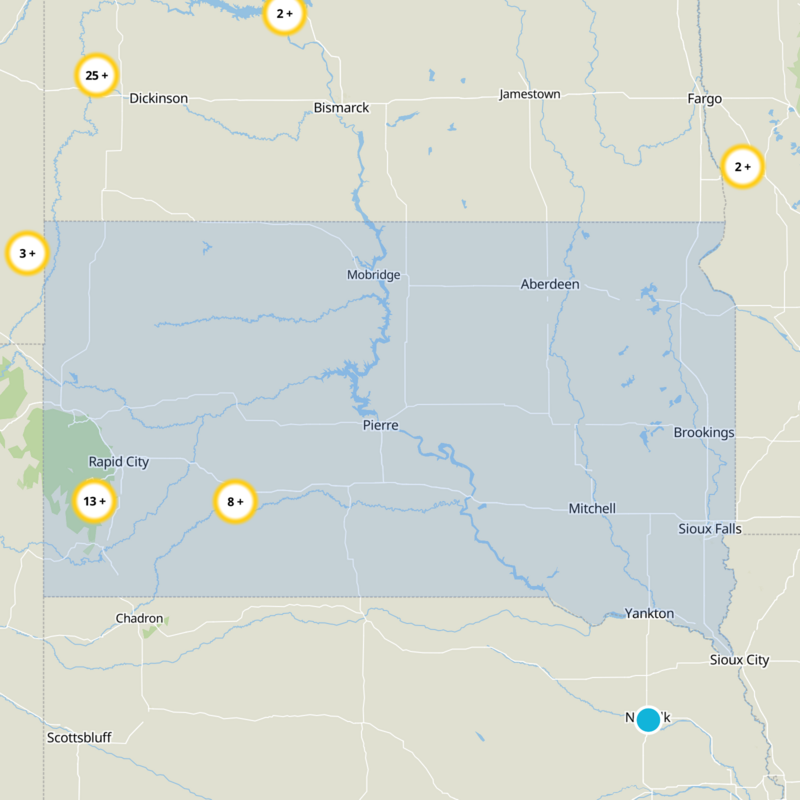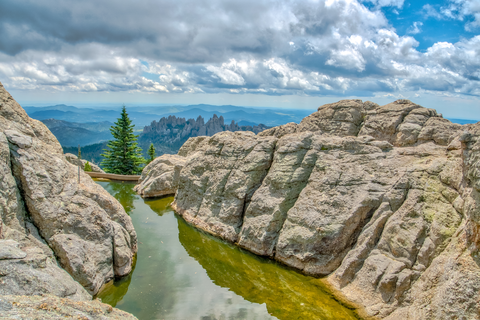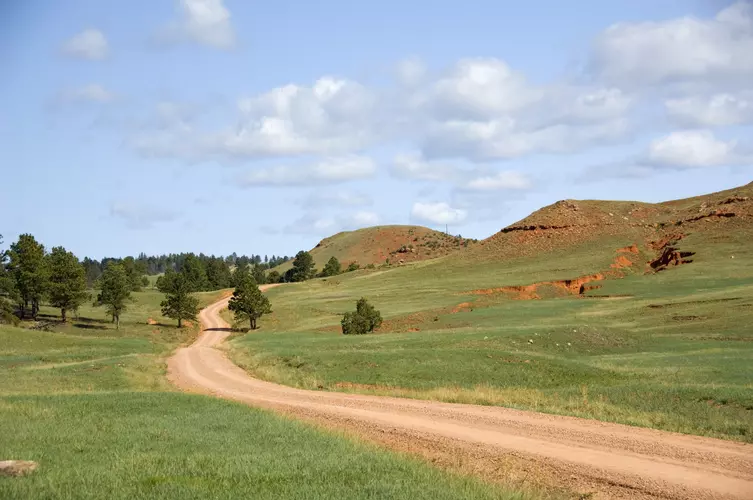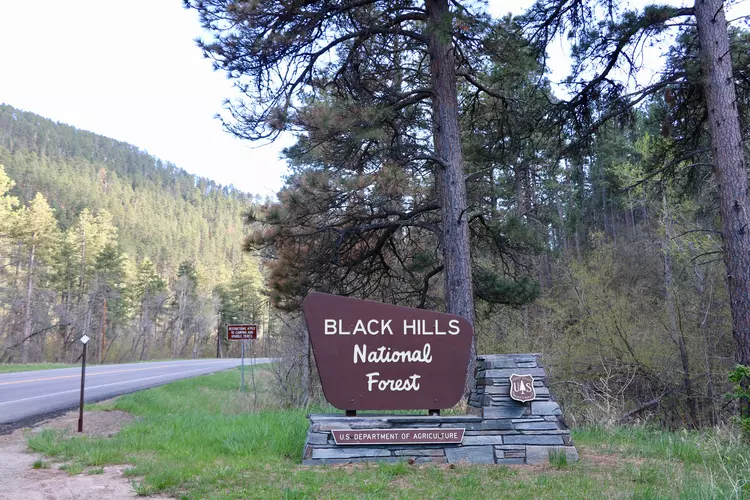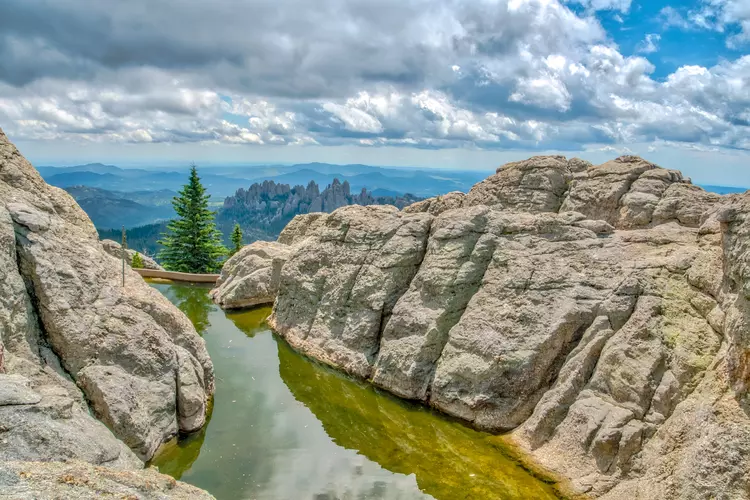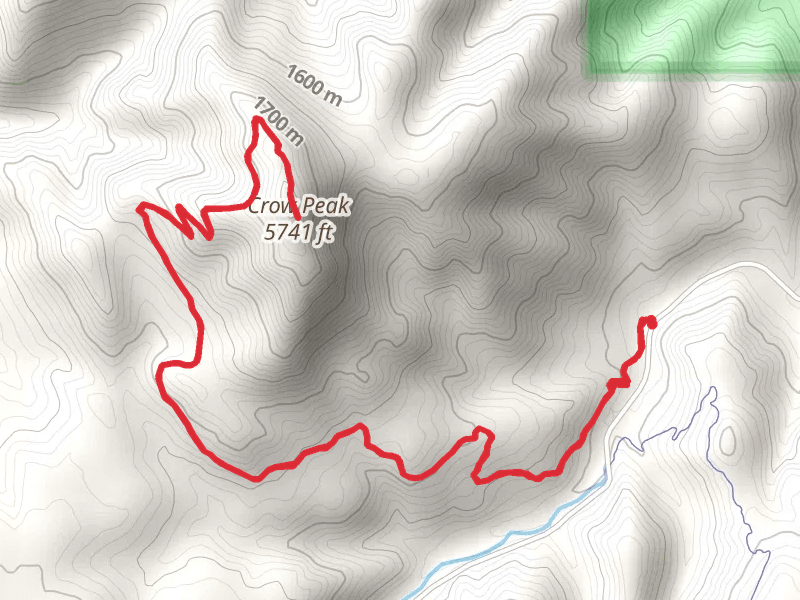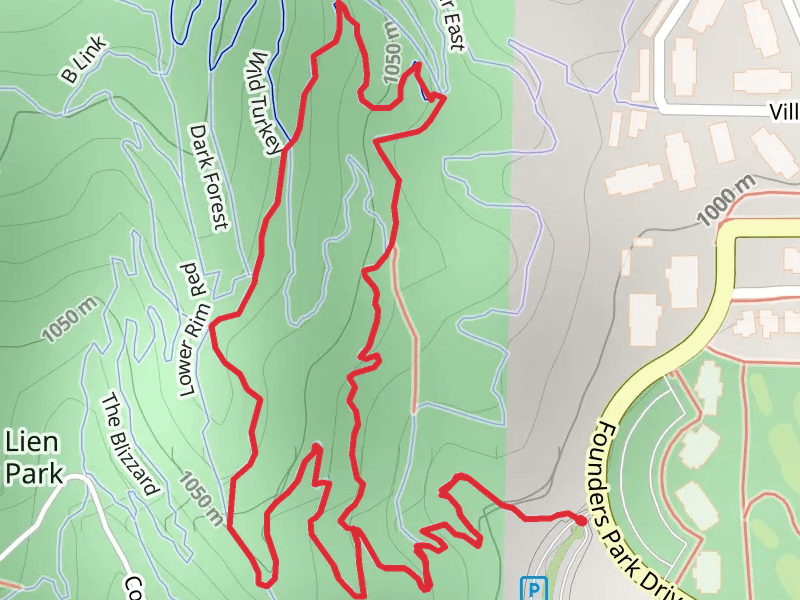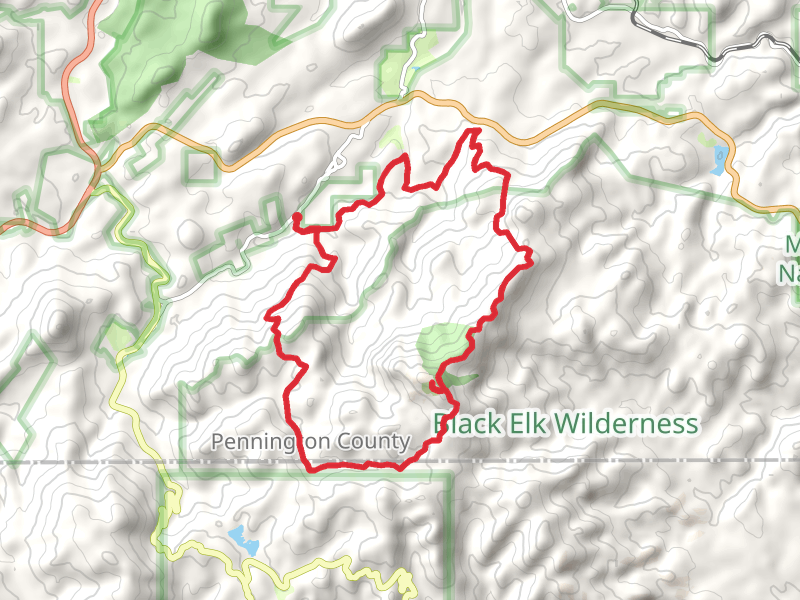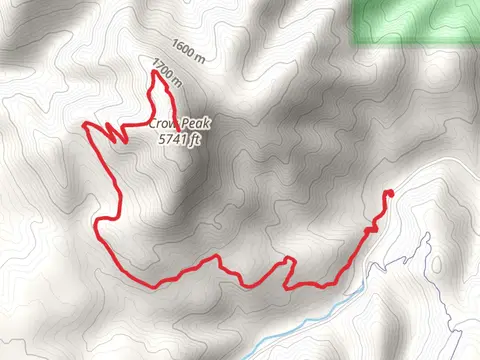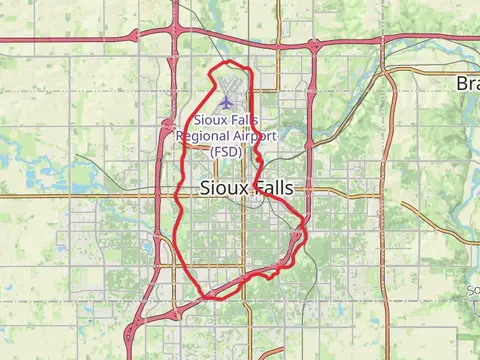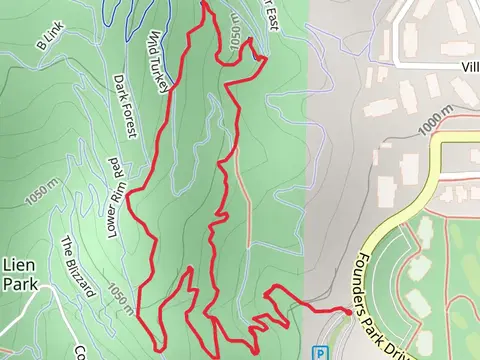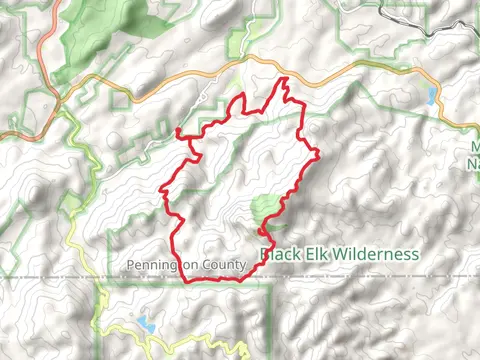"Journey through South Dakota's stunning landscapes, unveiling hidden wonders and wildlife at every turn."
Embark on an unforgettable journey through South Dakota's diverse landscapes, where every trail tells a story. Discover the rugged beauty of the Black Hills, with its granite peaks and lush forests, or wander through the surreal Badlands, where striking rock formations paint a picture of ancient times. Encounter wildlife, from bison to bighorn sheep, and immerse yourself in the serenity of Custer State Park. Each step unveils a new wonder, inviting you to explore the heart of America's natural splendor.
Most popular hikes
FAQs about hiking in South Dakota






More hikes in South Dakota
by type
